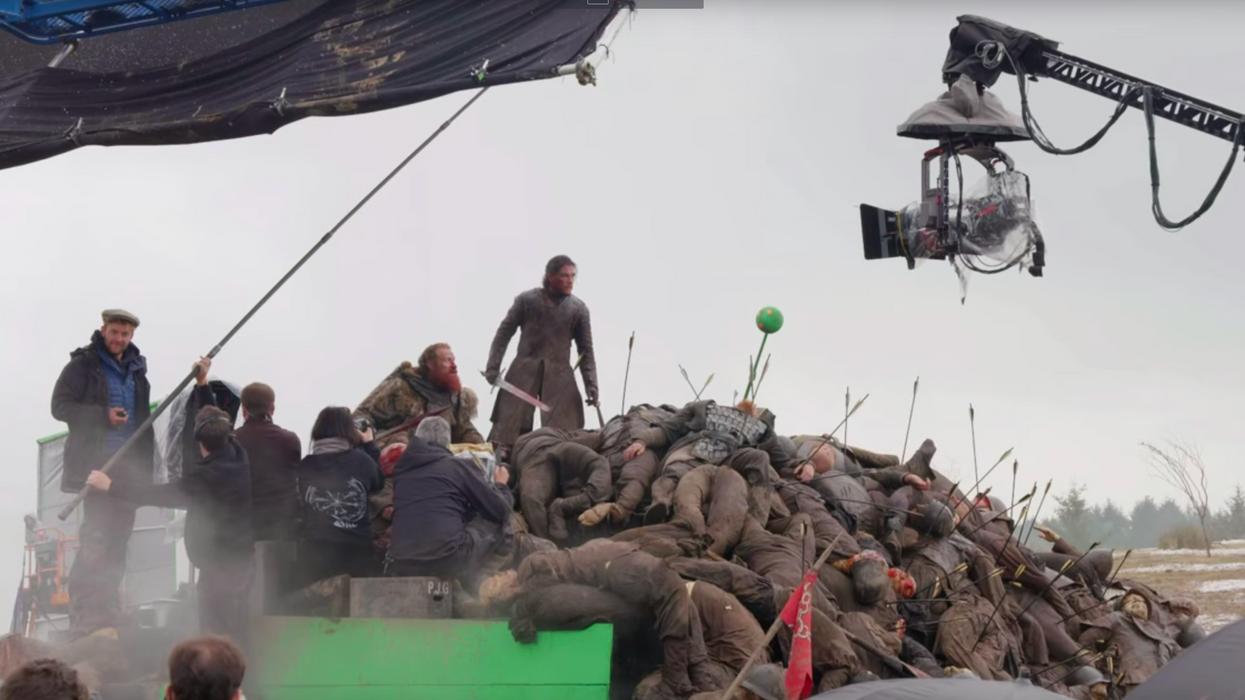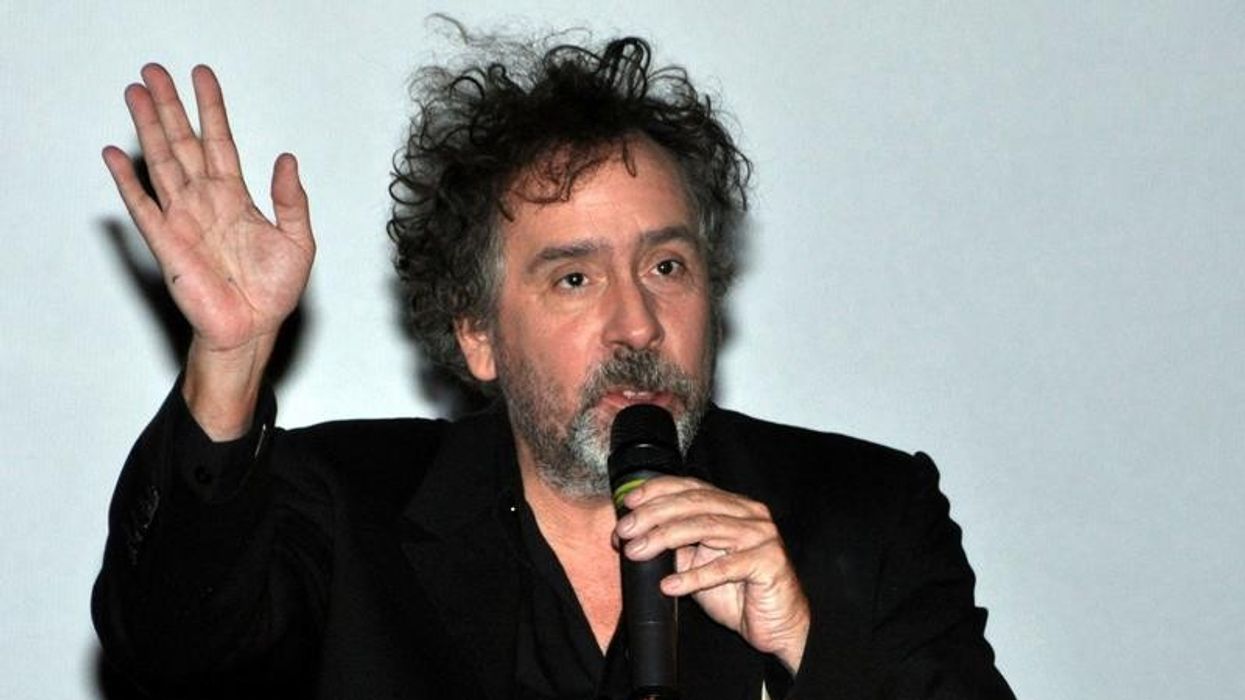Remote Control Arms and 80 Real Horses: Behind the Scenes of 'Game of Thrones' Battle for Winterfell
The fight scenes in "Battle of the Bastards" were unequivocally epic. Here's how they pulled it off.

The battle for Winterfell in Game of Thrones' most recent episode was by far the largest scene the show has ever produced. Comprised of 80 horses, hundreds of extras, a giant, and all action with almost no dialogue, the show's first narrative battle scene (the others were massacres) set a new standard for cinematic TV.
"As soon as we wrote Episode 9, we knew it was going to operate on a scale that we had never operated on before," David Benioff, executive producer and writer on the show, said in a recently released behind-the-scenes video.
It was important to Miguel Sapochnik, who directed this episode and "Hardhome," that the psychological experience of the battle was salient. "We really wanted to get into the mindset of what it would be like to be in a battle like that," he said.
"It was hard," admitted Kit Harington, who plays Jon Snow, the protagonist of the scene. "It was a long, long slog. And it couldn’t just be a battle. There wouldn’t be stakes. You have to be following someone."
The crew used advanced new technology to capture dynamic action shots. Fabian Wagner, the episode's DP, described the giant Russian Arm system he employed as a "remote-control arm that sits on a Land Rover." The rig was designed to travel across the battlefield at breakneck speeds—as fast as the horses were moving—and enabled its three operators to track the subjects with a joystick.

The episode also featured some impressive feats of optics. In what Benioff described as his favorite shot of the season, the camera is behind Jon Snow as a massive cavalry wall gallops towards him. "Part of the reason it’s such a great shot is it’s all real," said Benioff. "That’s 40 horses charging full speed at Kit Harington."
Camilla Naprous, the show's horse mistress, created two-foot channels so it appears as if the horses are clashing; in reality, they're passing by one another in a carefully choreographed fashion. "We wanted to make that look as close as possible to a collision without actually hurting anyone," said Rowley Irlam, stunt coordinator.
"Until the last minute, I stood there facing off against this cavalry charge, which is really scary," Harington said. "We were a bit annoyed because we thought everyone would think it was CGI, and it wasn’t."
The crew did use CGI for crowd replication in order to cut down on the number of extras necessary for the shoot. “You’ve got two giant armies opposition one another and you know you’re not going to have more than 200 extras," said Steve Kullback, VFX producer.
Additionally, some of the fantastical elements, such as the giant hurling a horse, needed to be fabricated. “We started to get into complex areas that we hadn’t really broken ground with on the series before," said Kullback. "It’s fun and exciting, but also very challenging."











